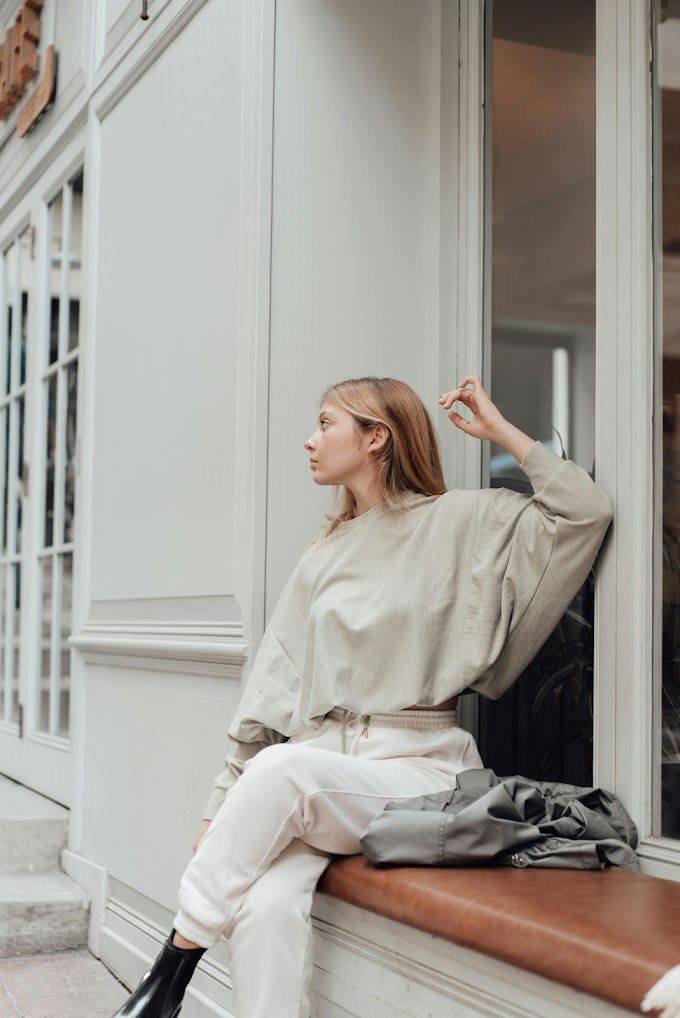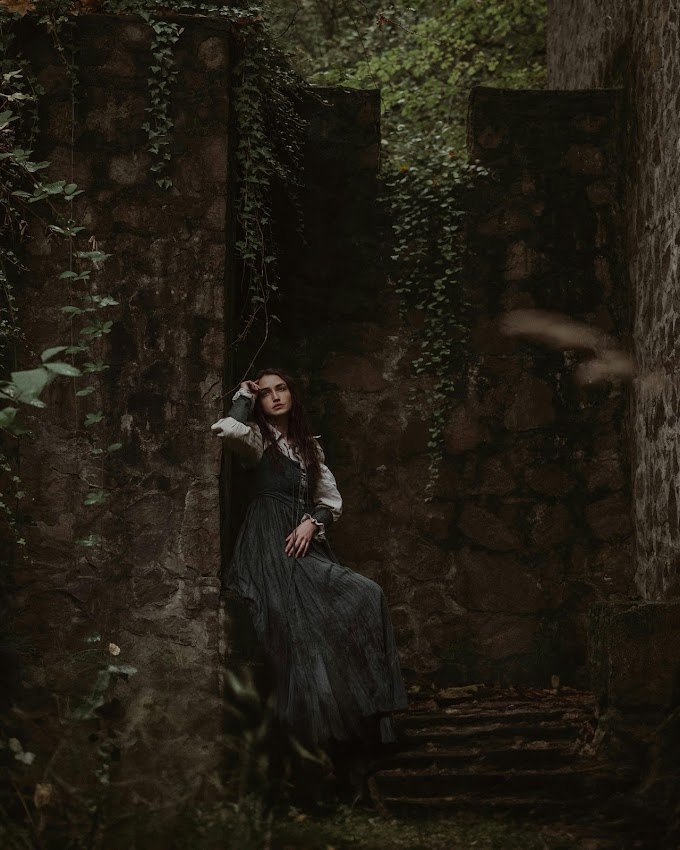1960s Mod Fashion: A British Invasion
The 1960s marked a period of profound cultural and societal change, with fashion playing a central role in expressing the decade's revolutionary spirit. Among the most iconic and enduring fashion movements of the era was the Mod (short for "Modernist") movement, which emerged in Britain and soon swept across the world. Characterized by its bold, youthful energy and a desire to break away from the conservative styles of the previous decade, Mod fashion not only redefined the way people dressed but also reflected the broader cultural shifts of the 1960s. This article delves into the origins, key elements, and lasting impact of 1960s Mod fashion, exploring how this British invasion left an indelible mark on global style.
The Origins of Mod Fashion
The Mod movement originated in London in the late 1950s and early 1960s, a time when Britain was experiencing a post-war economic boom. This newfound prosperity, coupled with a growing sense of optimism among the youth, laid the groundwork for a fashion revolution. The Mod subculture was initially driven by working-class teenagers who rejected the traditional values of their parents and embraced a new, modern way of life. They were inspired by Italian and French fashion, American jazz, and the sleek, clean lines of contemporary design.
Mods were known for their love of scooters, particularly the Italian-made Vespa and Lambretta, which became symbols of the movement. These scooters were often customized with multiple mirrors, chrome accessories, and elaborate paint jobs, reflecting the Mods' penchant for style and individuality. The scooter culture was not just about transportation; it was an essential part of the Mod identity, representing freedom, mobility, and a break from the past.
Key Elements of Mod Fashion
Mod fashion was characterized by a distinct aesthetic that combined sharp tailoring, bold patterns, and a minimalist approach to accessories. The movement's emphasis on clean lines and simplicity was a reaction against the more elaborate and conservative styles of the 1950s. Below are some of the key elements that defined Mod fashion:
1. Tailored Suits
One of the most iconic aspects of Mod fashion was the tailored suit, which was typically slim-fitting and made from high-quality materials like mohair or wool. The suits were often worn with narrow ties and button-down shirts, creating a sleek and sophisticated look. The most popular colors for Mod suits were neutral tones such as black, grey, and navy, though some Mods experimented with brighter colors and bold patterns.
The importance of the tailored suit in Mod fashion cannot be overstated. It was a symbol of the movement's commitment to looking sharp and modern, and it reflected the Mods' desire to distance themselves from the baggy, ill-fitting clothes of the previous generation. The suit was not just clothing; it was a statement of identity and a key element of the Mod aesthetic.
2. Mini Skirts and Dresses
For women, the Mod look was epitomized by the mini skirt, a revolutionary garment that challenged traditional notions of modesty and femininity. Introduced by British designer Mary Quant in the early 1960s, the mini skirt quickly became a symbol of youthful rebellion and sexual liberation. The skirt was often paired with bold, geometric-patterned tights or go-go boots, further emphasizing the modern, forward-thinking attitude of the Mod movement.
In addition to mini skirts, Mod women also favored A-line dresses, often featuring bright colors, bold patterns, and clean lines. These dresses were typically sleeveless or had short sleeves, highlighting the youthful, carefree spirit of the era. The Mod aesthetic for women was all about simplicity, minimalism, and a sense of playful experimentation with color and form.
3.Bold Patterns and Colors
Mod fashion was characterized by its use of bold patterns and vibrant colors, which set it apart from the more subdued styles of the previous decade. Geometric patterns, such as checks, stripes, and polka dots, were particularly popular, as were graphic prints inspired by Op Art and Pop Art. These patterns were often used in both men's and women's clothing, creating a cohesive and distinctive look that was instantly recognizable.
In terms of color, Mod fashion embraced a wide range of hues, from classic black and white to bright, eye-catching shades like red, yellow, and electric blue. The use of color was an essential part of the Mod aesthetic, reflecting the movement's emphasis on individuality and self-expression. Mods were not afraid to stand out, and their bold fashion choices helped to define the look of the 1960s.
4. Footwear
Footwear was another important aspect of Mod fashion, with both men and women favoring styles that were sleek, modern, and often unconventional. For men, the quintessential Mod shoe was the Chelsea boot, a close-fitting ankle boot with an elastic side panel. Chelsea boots were typically made from leather or suede and came in a variety of colors, though black and brown were the most common. They were often worn with tailored suits, completing the sharp, polished look that defined Mod style.
For women, go-go boots were a popular choice, especially when paired with mini skirts or dresses. These knee-high boots were typically made from shiny materials like patent leather and came in bold colors such as white, black, and red. Go-go boots were a symbol of the youthful energy and rebellious spirit of the Mod movement, and they quickly became a fashion staple of the 1960s.
5. Accessories
Mod fashion was characterized by its minimalist approach to accessories, with both men and women opting for simple, understated pieces that complemented their overall look. For men, this often meant a narrow tie, a pocket square, or a pair of slim, wire-framed sunglasses. Women, on the other hand, favored bold, statement-making accessories like oversized sunglasses, large hoop earrings, and geometric-shaped handbags.
One of the most iconic Mod accessories was the parka, a military-inspired jacket that became synonymous with the movement. Originally worn by U.S. Army soldiers, the parka was adopted by Mods as a practical and stylish outerwear option, particularly when riding their scooters. The parka was typically olive green and featured a fishtail design, with a hood lined in fur or faux fur. It was often worn over a tailored suit or mini dress, creating a striking contrast between the rugged, utilitarian jacket and the polished, modern clothing underneath.
The Cultural Impact of Mod Fashion
Mod fashion was more than just a style; it was a cultural phenomenon that reflected the broader social changes of the 1960s. The movement was closely associated with the rise of youth culture, as young people began to assert their independence and challenge the norms of the older generation. This newfound sense of freedom and self-expression was reflected in the bold, innovative fashion choices of the Mods, who used clothing as a way to define their identity and make a statement.
The Mod movement was also closely linked to the music scene of the 1960s, with bands like The Who, The Kinks, and The Small Faces becoming icons of the subculture. These bands not only embraced the Mod aesthetic but also helped to popularize it through their music, which was characterized by its high energy, rebellious spirit, and catchy melodies. The connection between Mod fashion and music was a key aspect of the movement, and it helped to spread the Mod look and attitude beyond the borders of Britain.
As the 1960s progressed, Mod fashion began to influence other aspects of popular culture, from film and television to art and design. The clean lines, bold colors, and geometric patterns of Mod clothing were reflected in the work of artists like Bridget Riley and designers like Terence Conran, who helped to bring the Mod aesthetic into the mainstream. The influence of Mod fashion can also be seen in the design of products like furniture, home decor, and even automobiles, which began to incorporate the sleek, modern lines that defined the Mod look.
The Legacy of Mod Fashion
Although the Mod movement began to decline in the late 1960s, its impact on fashion and culture has endured. The bold, modernist aesthetic of Mod fashion has continued to inspire designers and fashion enthusiasts for decades, and elements of the Mod look can still be seen in contemporary fashion. The mini skirt, in particular, has become a timeless wardrobe staple, while the tailored suit remains a symbol of sophistication and style.
In addition to its lasting influence on fashion, the Mod movement also helped to pave the way for other youth subcultures, from the punk movement of the 1970s to the Britpop scene of the 1990s. The emphasis on individuality, self-expression, and a rejection of traditional norms that characterized the Mod movement has become a defining feature of youth culture, and it continues to resonate with young people today.
The Mod revival of the late 1970s and early 1980s, led by bands like The Jam and The Specials, brought the Mod aesthetic back into the spotlight, introducing a new generation to the sharp, stylish look of the 1960s. This revival, along with the continued popularity of Mod-inspired fashion, music, and design, is a testament to the enduring appeal of the Mod movement and its lasting impact on global culture.
Conclusion
The 1960s Mod fashion movement was more than just a British invasion; it was a cultural revolution that redefined the way people dressed, thought, and lived. With its emphasis on clean lines, bold colors, and a modernist aesthetic, Mod fashion captured the spirit of a generation that was eager to break free from the past and embrace the future. From tailored suits and mini skirts to scooters and go-go boots, the Mod look became a symbol of youthful rebellion and a reflection of the broader social changes of the 1960s.
Today, the legacy of Mod fashion lives on, continuing to inspire designers, musicians, and fashion enthusiasts around the world. The movement's emphasis on individuality, self-expression, and a rejection of traditional norms remains as relevant as ever, making Mod fashion a timeless and enduring influence on global style. As we look back on the 1960s, it's clear that the Mod movement was not just a fleeting trend but a defining moment in the history of fashion and culture, one that continues to shape the way we dress and express ourselves to this day.








